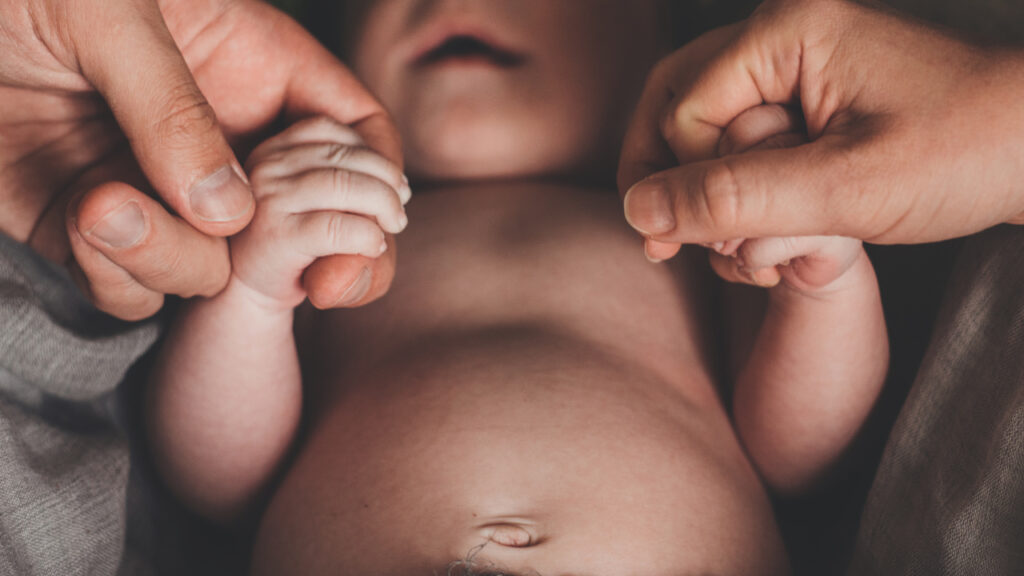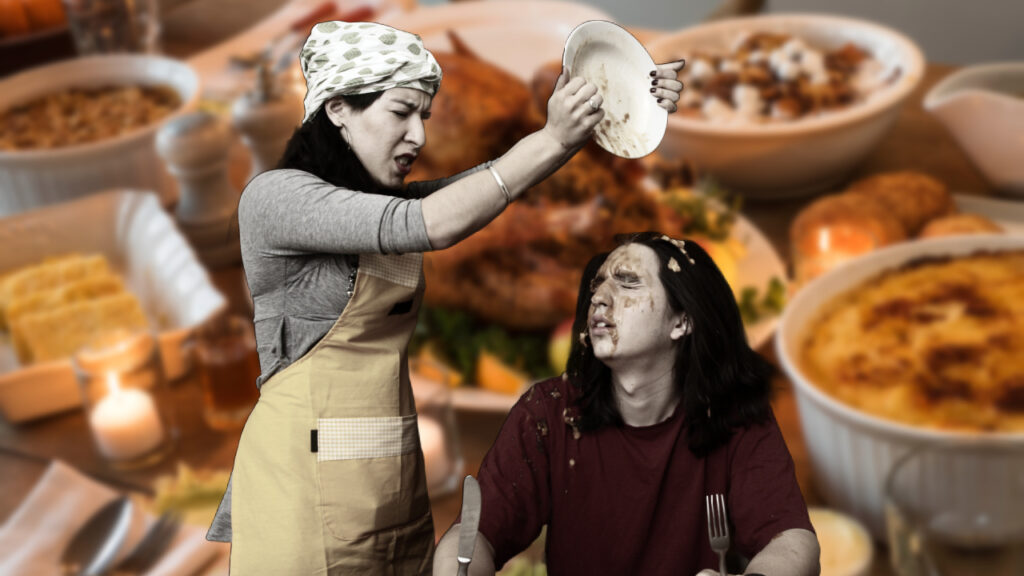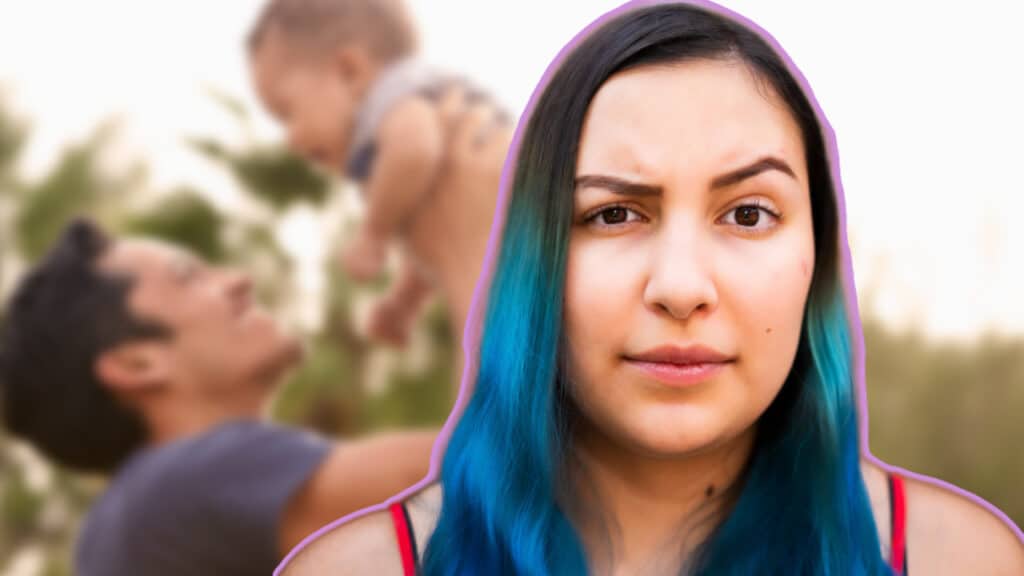Embracing Biculturalism at Home: My Path to Raising Proud, Confident Children
When it comes to parenting, there are endless decisions to make the minute you know you are pregnant. Choosing a name and deciding whether to breastfeed or formula feed is just the tip of the iceberg. The decisions are many, including the amount of screen time and the proper bedtime. They become a part of your ever-growing list. But when it comes to raising bicultural children, there are even more things to consider.
Being bicultural means that you belong to two cultural groups, which, in turn, shapes your identity. Bicultural kids are exposed to a mixture of different languages, foods, religious practices, and values. And they end up adopting certain elements from each culture.
This is true for many first-generation individuals. Those who have immigrant parents and share their family’s beliefs and traditions but also cohabit with the culture and views of American society.
Navigating two different cultures is a beautiful thing. However, it can also cause children to have lots of questions about their identity and “where they belong.”
I remember constantly being asked, “Where are you from?” as a kid. When I’d respond, “New Jersey,” I’d get doubtful looks until I realized they wanted to know about my ethnic background.
Having to explain all the time that I was Mexican American made me start to wonder why this was so important. Did I act a certain way that was strange? Was it because of the way I looked? Unfortunately, as a kid without answers, I started to feel a sense of confusion and shame because I felt different.
As parents of bicultural kids, my fiance and I believe it’s crucial to raise them to be proud of both of their cultures. However, this can sometimes lead to disagreements about the traditions we uphold in our home. So, there are a few things we try to keep in mind as we bring up our three daughters. Our ultimate goal is to lessen any confusion about their roots and growing identity.
Embracing both cultures is key
Since we are very close to my Mexican family, my girls have grown to enjoy typical Mexican recipes (pozole is their favorite!). They have also picked up a fair amount of the Spanish language. My fiance is Caucasian. And while his family has Irish roots, they are very much an American family with less strict values.
Encouraging both languages at home was a no-brainer for us as we know that being bilingual brings many advantages. We specifically chose a daycare that has a big emphasis on bilingual education for our 3-year-old twins. This way, they can practice Spanish even when they are not at home.
Language is also a means of bonding for my daughters with my parents, as my parents still find it easiest to communicate in Spanish.
Because our Latino values include a strong commitment to family, we tend to spend a lot of time with my Mexican family.
We also see my extended family regularly, thanks to the many birthday parties and other celebrations we often attend. This is another way in which my kids get to engage with Mexican culture through traditional celebrations (like quinceañeras), music, and dance.
Although I love my Latino roots and want my daughters to be proud of theirs, there are some aspects that we choose not to follow as strictly. The main ones are gender roles and sexist culture. My fiance and I agree that our girls should always be treated equally as the boys in our families. We step in whenever they are told they shouldn’t do certain things because they are girls and uplift them whenever possible.
Another way we embrace American culture is by allowing our kids to be independent and encouraging activities like sports. We uphold the ideals of freedom and opportunity central to many Americans.
We also partake in fun holidays such as Halloween and Valentine’s Day and let our kids believe in the Easter Rabbit and Santa Claus. Though these traditions often appear silly to the Latino community, we value the joy and imaginative fun they bring to our kids.
The best piece of advice we have gotten about bicultural parenting is never to force just one culture on our kids. Allowing them to explore both of their cultures will enable them to nurture their sense of identity. It will give them the freedom to choose which values and customs they will carry through the rest of their lives.
Being bicultural means being accepting of others
One of the best qualities of raising bicultural children is knowing that you are fostering a deep level of understanding about the differences in others. Because bicultural individuals don’t fit into the mold of a single culture, they are generally more willing to see other perspectives.
We aim to give our daughters the space to talk about things they are uncertain or afraid of. Coming from a Latino household where building trust between kids and adults wasn’t a big deal, it’s essential for me to maintain a level of trust with my daughters. This way, they feel confident talking to me if they are ever curious about our family’s history.
One of my parenting wins so far during this school year was when my eldest daughter had to work on a writing project. She had to choose any country in the world and talk about why it was interesting. She chose Mexico, and when I asked her why, she proudly told me it was because she’s Mexican-American. It was refreshing — powerful even — to see there was no hesitation in her answer. She was well aware of her roots. If she ever has to answer the question, “Where are you from?” I know she won’t be at a loss for words.




